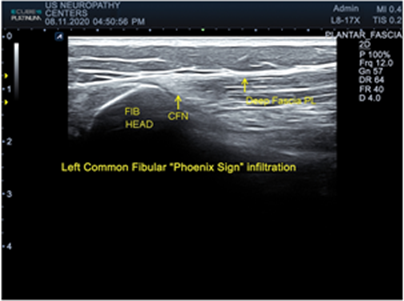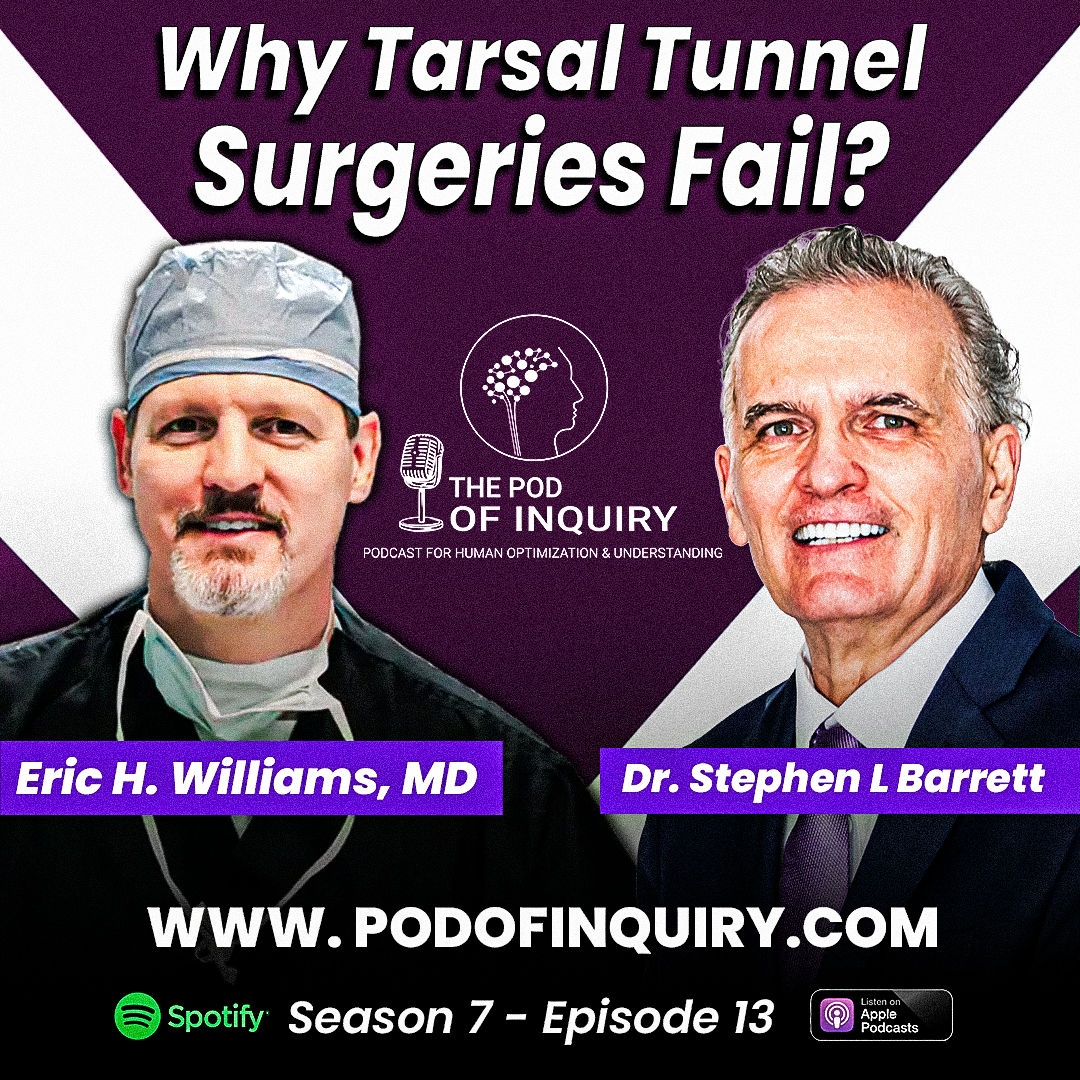Merry Christmas Everyone, and Happy New Year!
This is a reprise episode from Season 1. However, if you are not implementing this diagnostic technique—or you are a patient suffering from drop foot, you will want to hear this one over and over.
Here is your holiday gift! Give someone this life-changing gift while at the same time supercharging your diagnostic acumen? If that sounds like a great idea, then listen to this week’s episode of the Pod of Inquiry. This definitive diagnostic block removes any guess work about what is causing a patient’s drop foot. Put the Phoenix Sign to work now.

Watch The Podcast for Podiatrists
Listen to The Podcast for Podiatrists
Also available on
Show Notes from this episode

Dr. Barrett 02:47 What is the Phoenix Sign?
It is so much more than a local anesthetic block!!! Watch this Video! Seeing is Believing
Dr. Barrett 03:39 An Incredibly Powerful Diagnostic Tool
Dr. Barrett 06:18 Can Determine the True Site of Nerve Compression. Serendipity?
So, we first observed this phenomenon in 2017.
Dr. Barrett 12:05 Vasodilation and Local Anesthetic Agents. Cocaine?
Dr. Barrett 19:06 Vascularity and Nerve Entrapment
Dr. Barrett 29:17 Open Journal of Orthopedics Paper
Dr. Barrett 32:03 Restless Leg Syndrome and Dr. Jim Anderson




